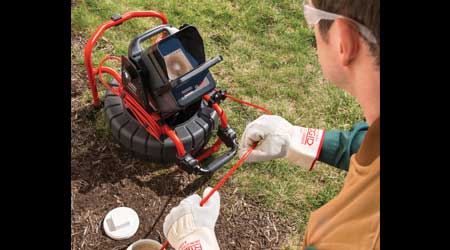Understanding the Drain Cleaning Process: What Happens During a Service
Understanding the Drain Cleaning Process: What Happens During a Service
Blog Article
When to Use Chemical Drain Cleaners vs. Professional Services
Atlanta divorce attorneys household, drains can be a source of sudden frustration. Whether it's the kitchen sink refusing to strain precisely or the shower turning right into a small swimming share, blocks are inevitable. While several take the phone to call a plumber, you don't will have to. With the best methods and a little know-how, you are able to tackle most clogs in your own. Here is a quick guide to essential instruments you'll need for DIY Drain cleaning at home.

Plunger Your First Line of Defense
The reliable plunger is frequently your best friend as it pertains to removing small clogs. It works by making suction, that may dislodge obstructions stopping your drains. There are two principal forms of plungers—a cup plunger for basins and a flange plunger for toilets. When using a plunger, assure there's enough water in the sink or bathroom to protect the cup. Push down firmly and pull up rapidly to create the required suction.
Drain Lizard for Stubborn Obstructions
For those tenacious blocks that withstand also the most determined crashing, a drain lizard, also referred to as a plumbing auger, is your next step. This variable instrument can reach heavy in to pipes to split up or recover clogs. Start by putting the lizard to the drain until you experience resistance. Then, twist and push more to dislodge the blockage. It's a powerful way to deal with hair blocks in baths or stubborn food particles in kitchen sinks.

Cooking Soda and Vinegar Your Eco-Friendly Answer
If you are looking for a organic alternative, the combination of cooking soft drink and vinegar is just a strong one-two punch against delicate clogs. Pour half of a glass of baking soft drink in to the drain, followed by half a glass of vinegar. Protect the strain and await the fizzing to subside. Following about 15 minutes, flush the strain with warm water. This method is not just efficient but also secure for your pipes and the environment.
Equipped with your instruments and methods, you are able to strategy the next strain clog with confidence. Not only can you save your self on plumbing costs, but you'll also get the satisfaction of resolving a common family concern by yourself. Remember, while DIY alternatives are good for modest clogs, persistent issues might need professional attention. Pleased unclogging! Report this page